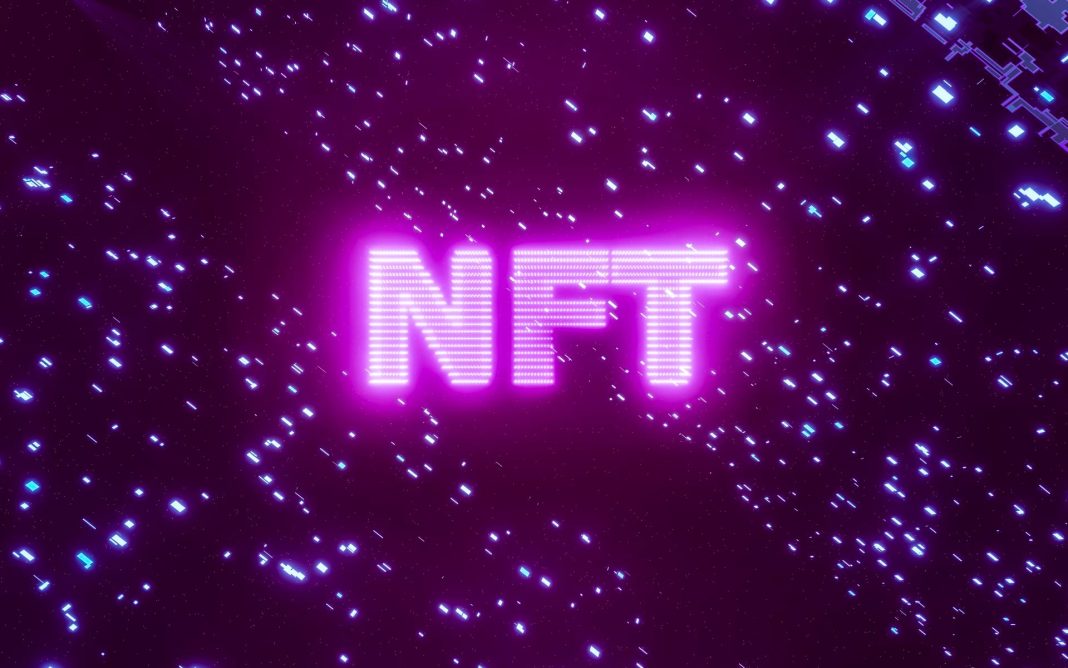Nftevening.com’s new study revealed the vast majority of NFT projects are dead now.
After all the excitement and heavy investments, the market is struggling with serious instability. The party is over?
The rise and fall of the NFT market
The report of nftevening.com labeled 96% of NFTs asdead.” This classification is based on three main factors: no trading activity, very few sales over the past week, and a lack of engagement on Twitter.
The authors analyzed over 5,000 NFT collections and gathered data from 5 million transactions through NFTScan.
It found that more than 43% of NFT owners are currently losing money. This is not a big surprise when we considering that the average lifespan of an NFT is just 1.14 years, which is 2.5 times shorter than that of traditional cryptocurrency projects.
This short lifespan comes from the speculative nature of NFTs, where rapid price changes and the excitement of digital assets often don’t lead to lasting value. Who knew?
“The data paints a clear picture: the NFT market, once celebrated as the future of digital ownership and investment, is facing serious challenges. The high rate of unprofitability among holders, the stark differences between successful and failing collections, and the brief lifespan of NFTs all indicate that the market may not be the golden opportunity many had hoped for.”
Not all NFTs are equal
A closer look at individual NFT collections reveals a pretty wide gap in profitability.
The Azuki collection stands out as the most successful, with holders earning over 2.3 times their initial investment.
This success is attributed to the collection’s strong community support, unique artistic style, and effective marketing strategies.
In contrast, the Pudgy Penguins collection illustrates the risks of the generative projects in the market, as its holders have faced 97% loss, making it the least profitable collection to date.
The NFT marketplace also shifted from a time when OpenSea dominated during the NFT boom to a much more competitive environment.
By 2024, the market is more like duopoly between OpenSea and Blur, and it is now leaning towards an oligopoly with more competition among marketplaces.
The number of NFT marketplaces with a yearly market share above 10% has increased from two in previous years to four this year.
Blur emerged as the leader in 2023, capturing 62.4% of the market share in February and surpassing OpenSea for most of the year.
Emerging NFT marketplaces
OKX briefly took the lead even over Blur at the end of 2023, fueled by the Ordinals hype, which skyrocketed OKX’s NFT trading volume from $8.35 million in October to $311.36 million in November and then to $684.65 million in December.
Tensor also saw quite impressive growth, with its market share increasing from 0.1% to 12.1% as monthly NFT trading volume surged from $1.36 million to $215.57 million, allowing Tensor to surpass its close competitor Magic Eden for the first time in December 2023.
All are direct competitors for OpenSea, which started the year as the largest platform with a monthly trading volume of $438.08 million and a 41.0% market share, but then experienced a steady decline, ending the year with a volume of $171.10 million and only a 9.6% share.


